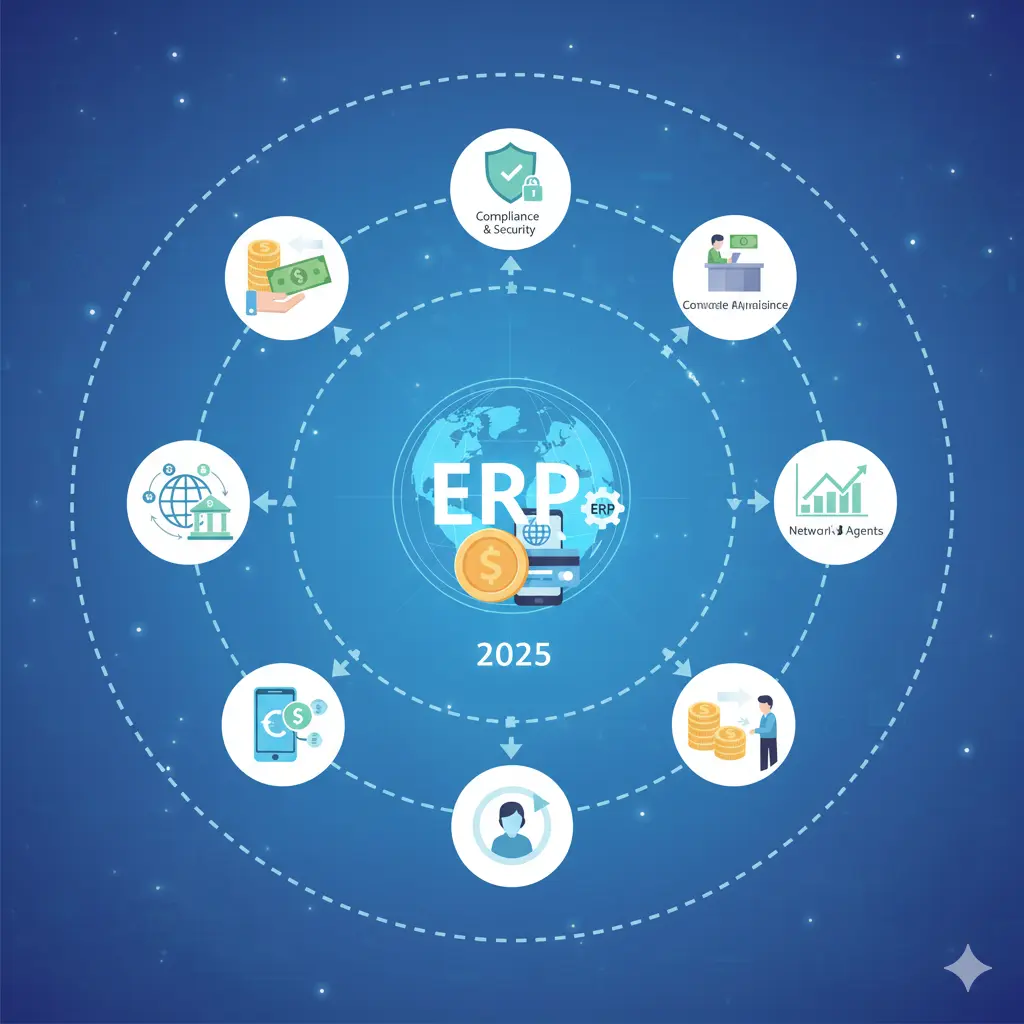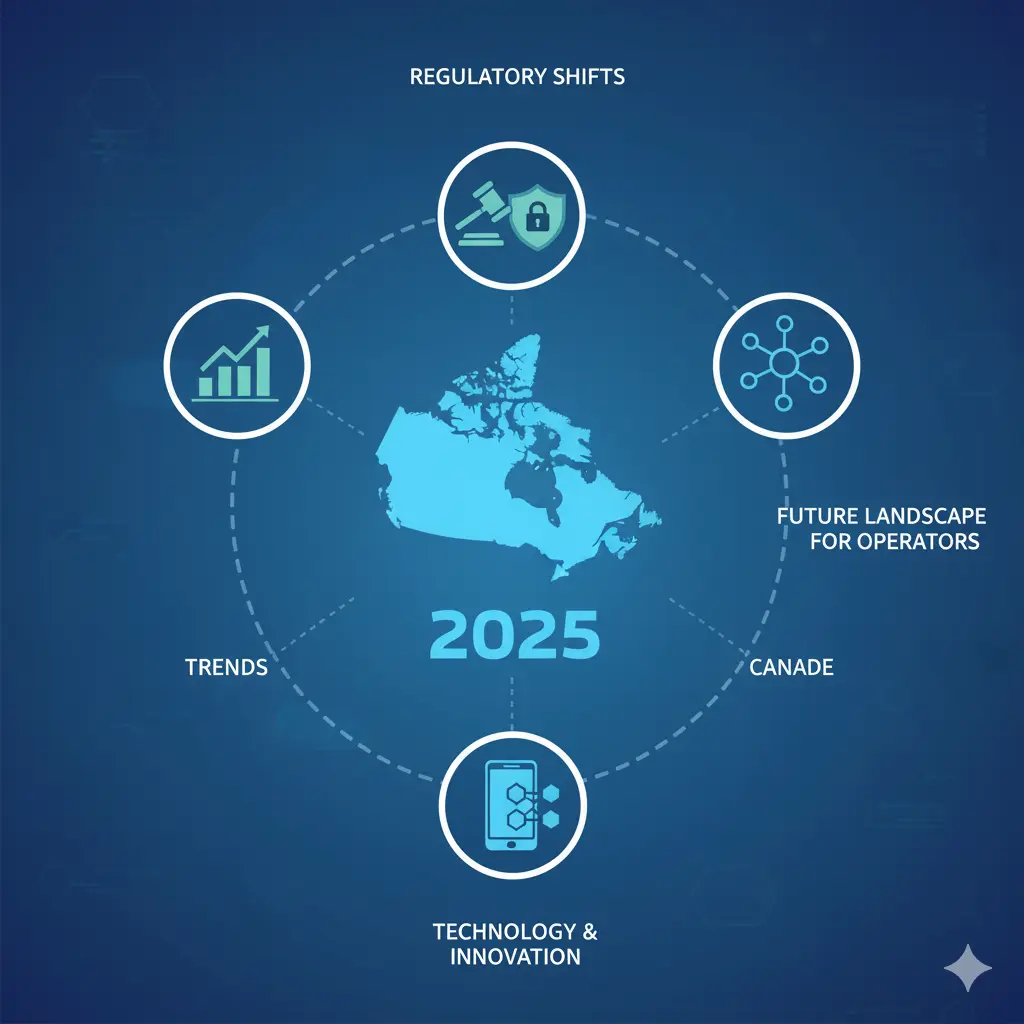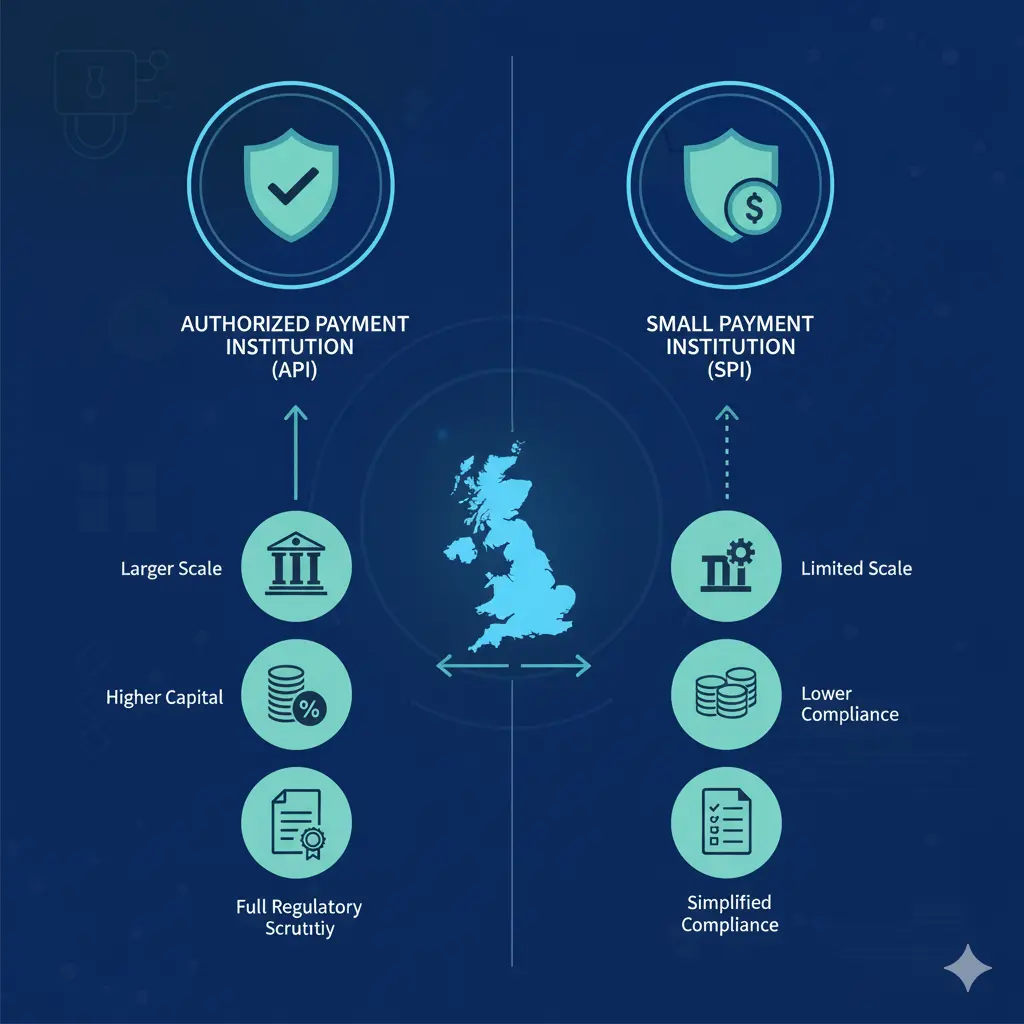Remittance ERP: The Complete Guide to Modernizing Cross-Border Money Transfer Operations (2025 Edition)
Introduction: Why the Industry Is Moving Toward Remittance ERP Systems
The global remittance industry is evolving rapidly. With increasing regulatory pressure and rising customer expectations,
money transfer operators (MTOs), MSBs, payment institutions, and fintech companies need more than basic transaction tools.
They need a complete Remittance ERP — a unified system that manages compliance, operations, finance, FX, onboarding,
agents, reporting, and more.
Traditional money transfer systems were designed for simple transactions. But today’s environment — marked by competition,
regulatory scrutiny, digital adoption, and thin margins — requires advanced integrated technology.
A Remittance ERP is not just software. It becomes the operational backbone of the business, ensuring accuracy,
security, transparency, and efficiency across all departments.
This guide explains everything you need to know — from modules and benefits to real-world use cases and why every serious
MTO needs this system in 2025 and beyond.
What Is a Remittance ERP?
A Remittance ERP (Enterprise Resource Planning) system is an all-in-one platform built specifically for remittance companies,
MSBs, and digital financial providers. It centralizes:
- Transactions
- Compliance workflows
- Customer onboarding & KYC
- Agent & branch management
- FX & treasury management
- Accounting & finance
- Reporting & audit logs
- API integrations
- Staff roles & permissions
Unlike generic ERP systems, Remittance ERPs are designed for high-risk, high-volume, highly regulated remittance environments.
Why Remittance ERP Is Becoming Essential in 2025
1. Regulatory Pressure Has Intensified
Regulators now demand:
- Detailed customer risk profiling
- Automated transaction monitoring
- Suspicious activity reports
- Enhanced due diligence
- PEP & sanctions screening
- Long-term data storage
- Real-time auditability
Manual systems put operators at risk. ERP automates the entire compliance lifecycle.
2. Competition Is Increasing Rapidly
New digital competitors offer:
- Faster transfers
- Better rates
- Mobile-first UX
- Lower fees
Traditional MSBs must modernize to stay relevant.
3. Digital Customers Expect More
- Instant onboarding
- Digital KYC
- Tracking & notifications
- 24/7 access
4. Operational Inefficiency Is Too Costly
MTOs still using spreadsheets or isolated tools face:
- Errors
- Delays
- Non-compliance risks
- High manpower costs
Key Modules of a Modern Remittance ERP
Below is a breakdown of the core modules.
1. Customer Management (KYC + Digital Onboarding)
- Digital onboarding
- KYC document capture
- Identity verification
- Customer risk scoring
- Ongoing monitoring
2. Compliance & AML Automation
- Sanctions & PEP screening
- Transaction monitoring
- Case management
- Suspicious activity detection
- Smurfing alerts
3. FX & Treasury Management
- Live FX feeds
- Margin engine
- Multi-currency wallets
- Nostro/Vostro reconciliation
- Real-time P&L visibility
4. Transaction Processing & Payouts
- Bank transfers
- Cash pickup
- Wallet payouts
- Mobile money
- Error resolution workflow
5. Agent & Branch Management
- Agent onboarding
- Commission management
- Cash settlement
- Performance dashboards
6. Accounting & Finance
- Double-entry accounting
- Automatic reconciliation
- Tax-ready reports
- Treasury logs
7. API Integrations
- Bank APIs
- Payout partners
- ID verification
- Wallet systems
8. Risk & Fraud Management
- Device fingerprinting
- Velocity checks
- Behavior analytics
- Fraud scoring
9. Reporting & Analytics
- Corridor performance
- FX profit analytics
- Agent KPIs
- Revenue breakdown
- Compliance alerts
10. Role-Based Access & Security
- Access permissions
- MFA
- Audit logs
- Encryption
Benefits of Implementing a Remittance ERP
1. Dramatically Improved Efficiency
- Faster operations
- Reduced manual workload
- Real-time business insights
2. Lower Operating Costs
- Less manpower
- Fewer errors
- Reduced compliance expenses
3. Stronger Compliance & Lower Risk
ERP ensures:
- Automated monitoring
- Accurate reporting
- Easier audits
4. Better FX Margin Control
ERPs help configure live margins and maximize profits corridor-wise.
5. Scalable & Future-Proof
ERPs allow expansion into new partners, corridors, industries, or countries without rebuilding systems.
Who Needs a Remittance ERP?
- Money transfer companies
- MSBs
- Banks
- Digital wallets
- Fintech remittance startups
- Agent networks
- Cross-border payment processors
Signs Your Company Needs a Remittance ERP Now
- Compliance overwhelm
- Fragmented operations
- Slow reporting
- High error rate
- Manual processes
- Inconsistent FX management
- Tech limitations
How a Remittance ERP Helps in License Approval
Regulators look for:
- Documented compliance workflows
- Automated monitoring
- Audit logs
- Secure data handling
Future of Remittance ERP (2025–2030)
- AI-driven compliance
- Predictive fraud analytics
- Real-time global payments
- API-first ecosystems
- Digital asset integration
- Real-time liquidity optimization
- End-to-end automation
Want to see how a ready-made platform can accelerate your growth?
Book a demo or consult with us at RemitSo today to see how our platform can power your growth.
Request Demo
FAQs
1. What is a Remittance ERP?
A specialized enterprise management system designed for money transfer and payment companies to automate operations, compliance, finance, and risk.
2. Do small MTOs need a Remittance ERP?
Yes, small operators benefit significantly by reducing compliance costs and improving operational efficiency.
3. Is Remittance ERP only for international remittances?
No. It also supports domestic money transfers, bill payments, wallet services, and foreign exchange.
4. Can a Remittance ERP help with regulatory audits?
Yes. ERPs automate compliance reporting, maintain audit logs, and ensure complete traceability.
5. Does ERP improve transaction speed?
Yes. Automated routing, APIs, and centralized processing significantly speed up money transfers.
6. Can an ERP support multi-country operations?
Yes. Modern remittance ERPs support multi-jurisdiction compliance, FX operations, and localization.
7. Does Remittance ERP integrate with banks and payouts?
Yes. Integration with banks, payout partners, and financial institutions is supported through APIs and built-in connectors.
8. Is Remittance ERP useful for agent-based networks?
Absolutely. It simplifies agent onboarding, commission handling, monitoring, and compliance checks.


